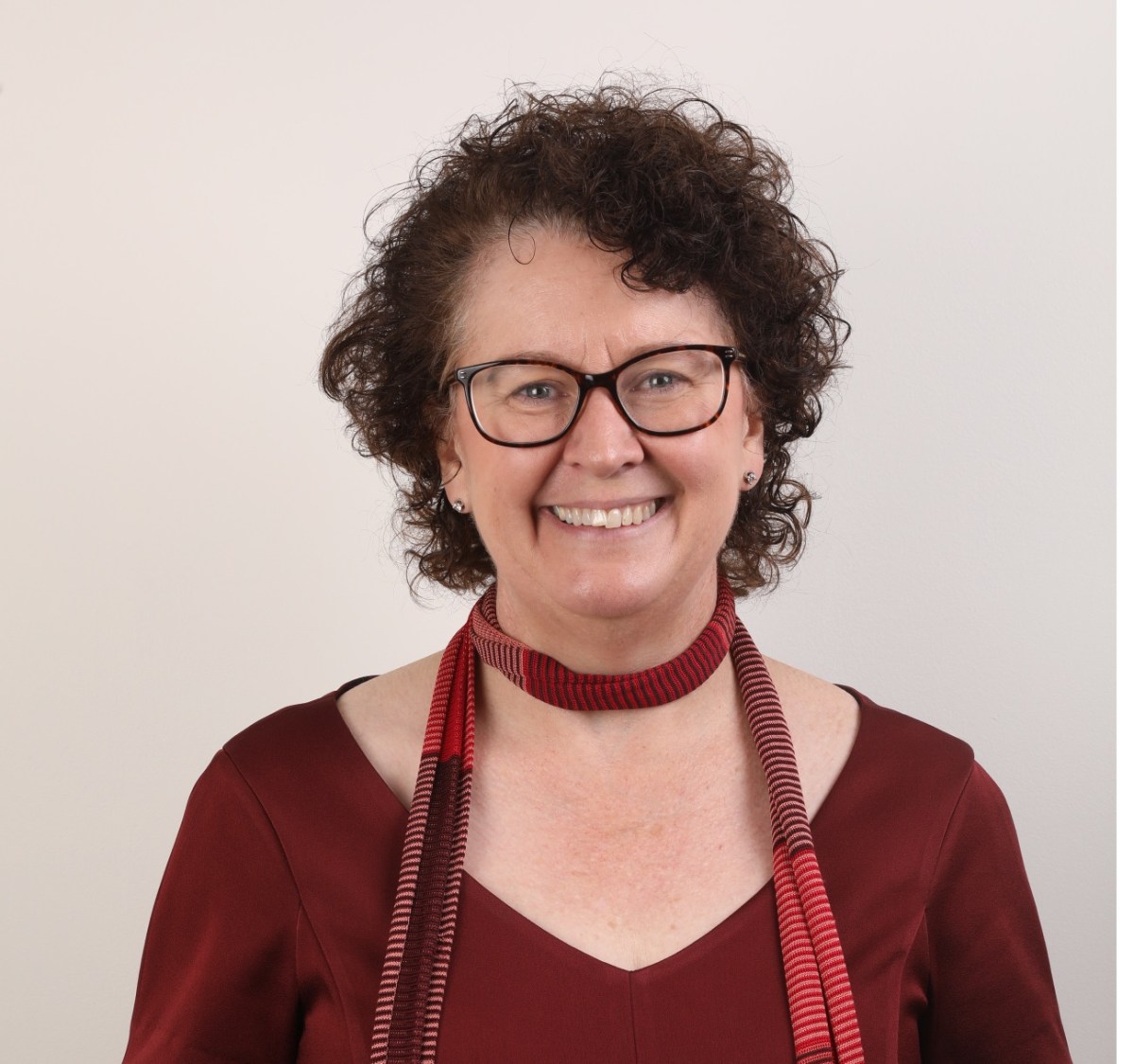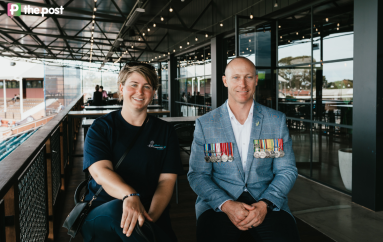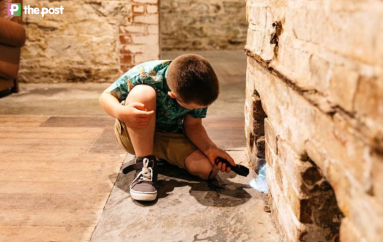A gender-balanced workforce is not an impossible dream
Even in the traditionally male-dominated industry of mining, gender equity can be achieved, writes BHP executive Jacqui McGill.

BHP's Olympic Dam mine.
Today is equal pay day – the day that shows how much longer a woman has to work from the end of the financial year to earn the same as an average man.
This year Australia’s pay gap has been calculated at 15.3 per cent, a gap of around $250 a week – that’s a shocking two months of additional work for a woman to make up her wage.
Generally speaking the gap is attributable to the following reasons, relatively equally:
- Jobs considered “women’s work” are generally undervalued.
- Women interrupt their career more (parental duties).
- Women face a ceiling where they are paid less than their peers.
Despite all the efforts that have gone into celebrating and embracing the enormous contribution women make to this state, we are unable to break the cycle of pervasive and often unconscious discrimination that still exists in some areas.
And while it’s uplifting to see South Australia leading the way with a reduced gender pay gap this year, recording the lowest in the country with a 9.8 per cent difference between the earnings of men and women, we need to do more. That means setting our sights on having no gap at all.
After all, do we really think it’s fair that Australian women have to work two months more, on average, to make the same annual wage as a man? The cumulative impact of lower wages across a woman’s lifetime means lower productivity, less money for retirement and a looming economic crisis for the country.
At BHP we are tackling these issues head on, working hard to open up roles to women that have been traditionally been done only by men. How is this possible? Our industry is very different to what it was 30 years ago: advances in equipment and technology mean that our roles are able to be performed by everyone. Men and women are equally welcome in our workplace: we look for talent, energy and commitment to safety as key qualities in our team and these qualities are present in both men and women.
We are also tackling the gap in pay directly. We measure and report on gender pay and correct problems when necessary. And we take the opportunity to engage and educate our leaders if we see bias creeping in.
We have also introduced paid super during parental leave (the average woman currently retires with $102,000, compared with $197,000 for the average man). In addition to this, only one in 10 females are expected to retire with adequate savings to support a comfortable lifestyle. The gap in superannuation savings between men and women is due to both the pay gap and women having more career interruptions for parental duties. So if you pay superannuation during these breaks this too will reduce the gap.
We are also tackling flexible work – demonstrating that working flexibly is good for everyone and achievable even on shift work in a remote mine site.
We believe that these key elements build a better business. We know we will attract and retain the best talent and deliver greater outcomes to our communities and our teams as a result.
All of these policies or actions benefit both men and women.
I don’t want to tell my granddaughter that she should not expect to earn equal to her brother and, based on our rate of change, that she might need to have that conversation with her daughter too.
I like to tell young women there is no job a woman can’t do and no position she can’t achieve – from a champion football player, to CEO of an international resources company, or Prime Minister. I really believe that. It’s about breaking down the barriers that hold them back.

BHP’s Jacqui McGill. Supplied image
At BHP we’ve made public our goal of gender balance by 2025. We’ll do this with strategies to create equity in the way we attract, develop and retain talent from all backgrounds. And if we can set this goal in such a traditionally male-dominated industry, we hope others will follow our lead.
Is it possible? Absolutely. At Olympic Dam we’ve already achieved the first BHP gender-balanced leadership team in the company, but we have a long way to go before we look like our community.
Let’s encourage those at the top to ‘think big’, to see things from a different perspective and to understand what rewards a truly diversified and inclusive workforce can bring to an organisation – and society. If we do that, then we will truly be building the workplaces of the future, not the past.
Jacqui McGill is asset president for BHP Olympic Dam.




